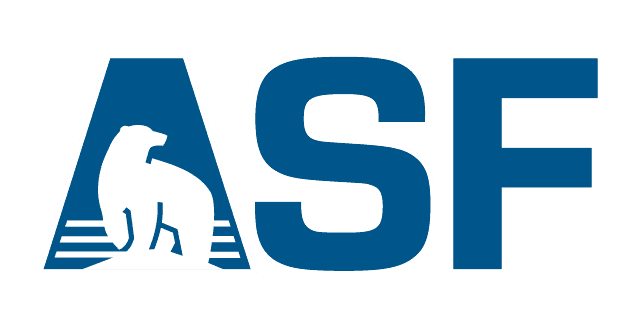
Visit asf.alaska.edu
The Alaska Satellite Facility downlinks, processes, archives, and distributes remote-sensing data to scientific users around the world.

The Alaska Satellite Facility downlinks, processes, archives, and distributes remote-sensing data to scientific users around the world.